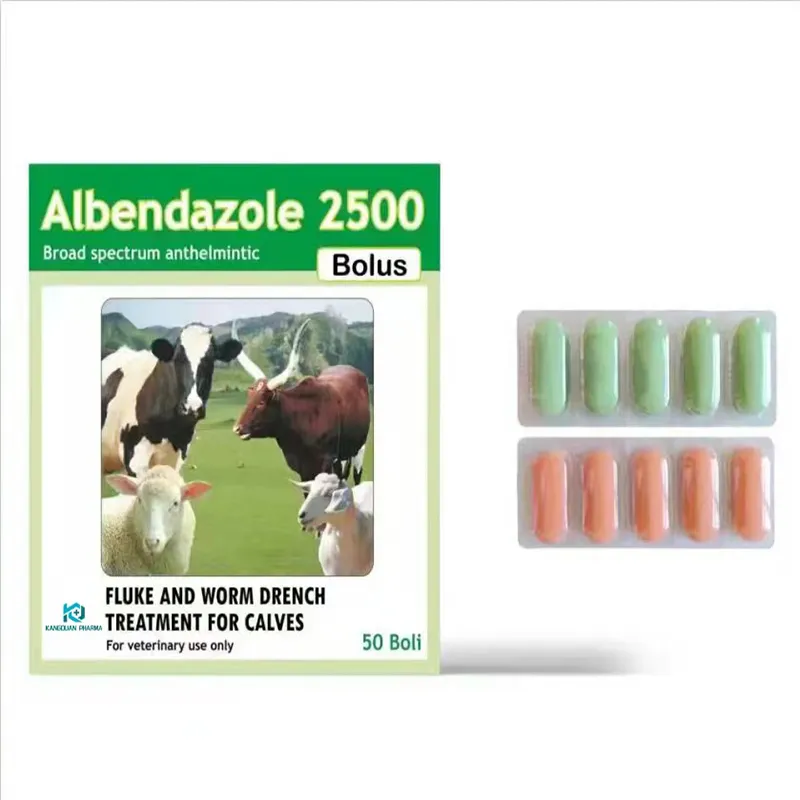- Afrikaans
- Albanian
- Amharic
- Arabic
- Armenian
- Azerbaijani
- Basque
- Belarusian
- Bengali
- Bosnian
- Bulgarian
- Catalan
- Cebuano
- Corsican
- Croatian
- Czech
- Danish
- Dutch
- English
- Esperanto
- Estonian
- Finnish
- French
- Frisian
- Galician
- Georgian
- German
- Greek
- Gujarati
- Haitian Creole
- hausa
- hawaiian
- Hebrew
- Hindi
- Miao
- Hungarian
- Icelandic
- igbo
- Indonesian
- irish
- Italian
- Japanese
- Javanese
- Kannada
- kazakh
- Khmer
- Rwandese
- Korean
- Kurdish
- Kyrgyz
- Lao
- Latin
- Latvian
- Lithuanian
- Luxembourgish
- Macedonian
- Malgashi
- Malay
- Malayalam
- Maltese
- Maori
- Marathi
- Mongolian
- Myanmar
- Nepali
- Norwegian
- Norwegian
- Occitan
- Pashto
- Persian
- Polish
- Portuguese
- Punjabi
- Romanian
- Russian
- Samoan
- Scottish Gaelic
- Serbian
- Sesotho
- Shona
- Sindhi
- Sinhala
- Slovak
- Slovenian
- Somali
- Spanish
- Sundanese
- Swahili
- Swedish
- Tagalog
- Tajik
- Tamil
- Tatar
- Telugu
- Thai
- Turkish
- Turkmen
- Ukrainian
- Urdu
- Uighur
- Uzbek
- Vietnamese
- Welsh
- Bantu
- Yiddish
- Yoruba
- Zulu
Dec . 01, 2024 22:32 Back to list
Ivermectin Use in Cattle Injection for Effective Parasite Control and Management
Ivermectin Injection for Cattle An Overview
Ivermectin is a widely used antiparasitic agent that has gained recognition in veterinary medicine, particularly for its efficacy in treating various parasites in livestock, including cattle. Initially introduced in the late 1970s, ivermectin revolutionized the approach to managing parasitic infections, significantly improving animal health and productivity. This article will cover the applications, dosage, benefits, and safety of ivermectin injection in cattle.
Understanding Ivermectin
Ivermectin belongs to a class of drugs known as avermectins, derived from a soil bacterium called *Streptomyces avermitilis*. It acts by binding to specific ion channels in the nerve and muscle cells of parasites, leading to paralysis and death. Ivermectin is effective against a range of internal and external parasites, including roundworms, lice, mites, and various other pathogens.
Applications in Cattle
Cattle are susceptible to a variety of parasitic infestations that can adversely affect their health and productivity. Internal parasites, such as gastrointestinal roundworms (nematodes) and liver flukes, can lead to weight loss, reduced milk production, and overall poor health. External parasites, including ticks, lice, and mites, can cause skin irritation and transmit diseases, leading to further complications.
Ivermectin injection is commonly employed for the following applications in cattle
1. Treatment of Internal Parasites Used effectively to control nematode infestations that can compromise the health of calves and adult cattle. 2. Control of External Parasites Effective against ticks and lice, ivermectin helps in maintaining the health of the herd by reducing the burden of these pests.
3. Manage Acaricide Resistance Using ivermectin offers a strategic advantage in managing resistance to other classes of insecticides and acaricides, thus prolonging their efficacy.
4. Prevention of Disease By minimizing parasite loads, ivermectin indirectly prevents the diseases associated with parasite infestations, translating into better overall herd health.
Dosage and Administration
The recommended dosage of ivermectin for cattle can vary based on several factors, including the specific formulation used and the weight of the animal. The typical dosage ranges from 200 to 500 micrograms per kilogram of body weight, administered as a subcutaneous injection. It is essential to adhere to the guidelines provided by a veterinarian to ensure optimal results and minimize any potential side effects.
ivermectin injection cattle

Benefits of Ivermectin Injection
1. Broad Spectrum of Activity Ivermectin is effective against a wide variety of parasites, which simplifies treatment regimens for livestock producers.
2. Ease of Use The injectable formulation allows for targeted delivery and ensures that the medication reaches the systemic circulation quickly.
3. Rapid Action Ivermectin provides rapid relief from parasitic infections, improving the health and productivity of affected animals.
4. Long-lasting Effects Many formulations of ivermectin offer prolonged protection against reinfestation, reducing the frequency of treatment.
5. Veterinarian Recommended Many veterinarians advocate for the use of ivermectin due to its proven efficacy and safety profile.
Safety and Considerations
While ivermectin is generally considered safe, some precautions should be taken. Producers should always consult with a veterinarian before initiating treatment, considering factors such as the health status of the animal, potential drug interactions, and specific parasitic burdens. Additionally, meat withdrawal periods should be observed to ensure that residues do not remain in the food supply.
Ivermectin should not be used in certain animals, such as those with hypersensitivities to the drug or those that are seriously ill. Observing animals after administration for any adverse reactions is also critical for effective management.
Conclusion
Ivermectin injection is a pivotal tool in the management of parasitic infections in cattle. Its broad spectrum of activity, ease of administration, and safety make it an invaluable resource for veterinarians and livestock producers alike. By understanding its applications, benefits, and safety considerations, cattle owners can effectively utilize this powerful medication to enhance the health and productivity of their herds.
-
Guide to Oxytetracycline Injection
NewsMar.27,2025
-
Guide to Colistin Sulphate
NewsMar.27,2025
-
Gentamicin Sulfate: Uses, Price, And Key Information
NewsMar.27,2025
-
Enrofloxacin Injection: Uses, Price, And Supplier Information
NewsMar.27,2025
-
Dexamethasone Sodium Phosphate Injection: Uses, Price, And Key Information
NewsMar.27,2025
-
Albendazole Tablet: Uses, Dosage, Cost, And Key Information
NewsMar.27,2025













